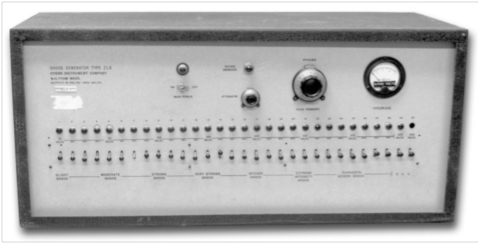The Milgram Experiments at 50

What’s the Latest Development?
Stanley Milgram was just 28 when he began his experiments on authority at Yale University on August 7, 1961. After more than nine months of research, we understood just how influenced individuals can be by authority figures. In Milgram’s experiments, “a majority of his subjects—average and, presumably, normal community residents—were willing to give a series of what they believed were increasingly painful and, perhaps, harmful electric shocks to a vehemently protesting victim simply because they were commanded to do so by an authority.”
What’s the Big Idea?
The Milgram experiments forced the modern era to reexamine its conception of moral agency, namely that the individual is an autonomous moral agent capable of executing his or her own standards of behavior. “It is not the kind of person we are that determines how we act, but rather the kind of situation we find ourselves in. To perceive behavior as flowing from within—from our character or personality—is to paint an incomplete picture of the determinants of our behavior. Milgram showed that external pressures coming from a legitimate authority can make us behave in ways we would not even consider when acting on our own.”





